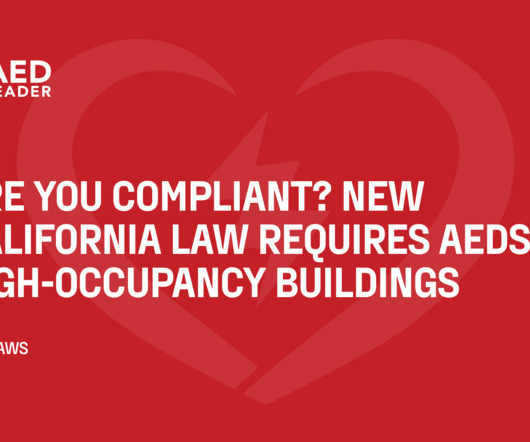Dr. Elsburgh Clarke Was Among First to Specialize in Emergency Medicine
ACEP Now
JANUARY 4, 2025
ED attendings Dr. Gerald Whelan and Dr. Shumary Chow supervising a full arrest in C booththe main trauma roomwith an ED tech administering CPR. Medical anti-shock trousers (MAST) being applied for a trauma patient and a Datascope cardiac monitor in use during traumatic full arrest. Click to enlarge.) Click to enlarge.)




























Let's personalize your content